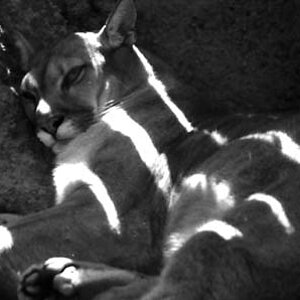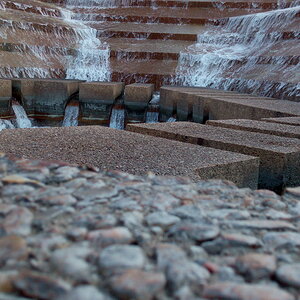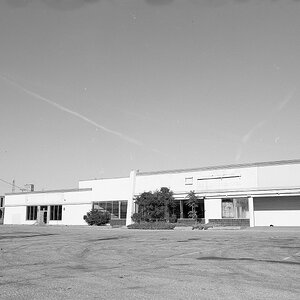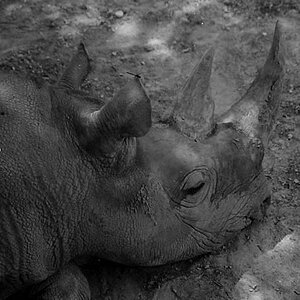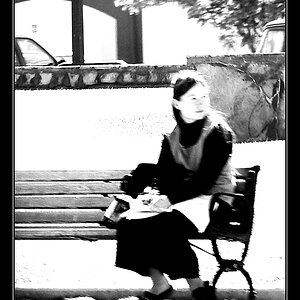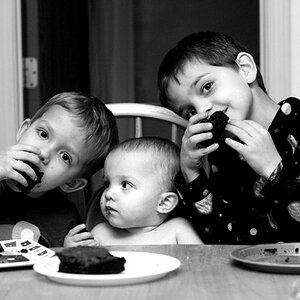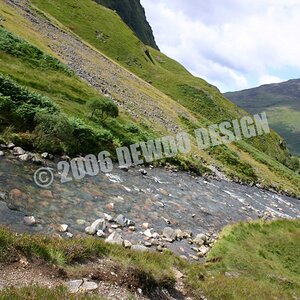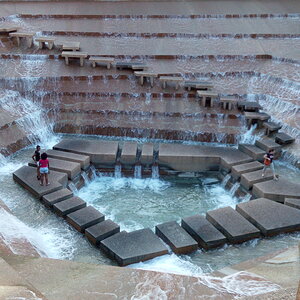sarahashleyphotos
TPF Noob!
- Joined
- Feb 21, 2009
- Messages
- 197
- Reaction score
- 2
- Location
- VA
- Website
- www.myspace.com
- Can others edit my Photos
- Photos NOT OK to edit
I figure yall could help me with this.
First of all this is about these images:
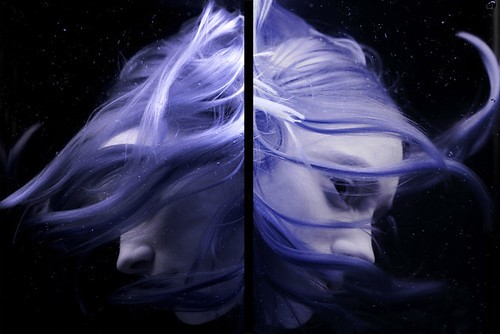
Someone had told me that since my hair is dyed red it should have been a different color in IR. "I did read the part about your hair being red and if you know anything about IR, you know that dye has a much different IR reflectivity." I was just wondering if I am doing anything wrong. My custom white balance was set for grass and this was shot with studio flash lighting. Im not familiar with the science of IR but it looks right to me. He also said stuff implying that the shots being underwater would have some effect on the IR. "I am quite familiar with IR photography but it is still a fairly new medium that I have not seen that much underwater". & This really through me "I am not sure how the IR relates to how they turned out. It would be interesting to see if there really is a difference in IR or not, did you take any non-IR shots?" lol My hair is not blue in real life so ya there is obviously a huge difference.
Also this really confused me: "I have found usually quite different techniques between IR photographers and physics have a habit of cropping up when you are using beyond visible." He kept bringing up physics and I dont know what that has to do with IR at all.
First of all this is about these images:

Someone had told me that since my hair is dyed red it should have been a different color in IR. "I did read the part about your hair being red and if you know anything about IR, you know that dye has a much different IR reflectivity." I was just wondering if I am doing anything wrong. My custom white balance was set for grass and this was shot with studio flash lighting. Im not familiar with the science of IR but it looks right to me. He also said stuff implying that the shots being underwater would have some effect on the IR. "I am quite familiar with IR photography but it is still a fairly new medium that I have not seen that much underwater". & This really through me "I am not sure how the IR relates to how they turned out. It would be interesting to see if there really is a difference in IR or not, did you take any non-IR shots?" lol My hair is not blue in real life so ya there is obviously a huge difference.
Also this really confused me: "I have found usually quite different techniques between IR photographers and physics have a habit of cropping up when you are using beyond visible." He kept bringing up physics and I dont know what that has to do with IR at all.


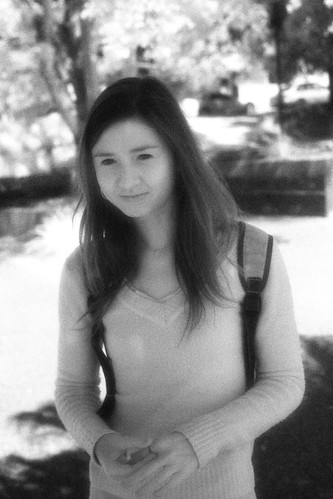
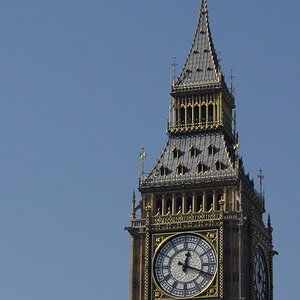
![[No title]](/data/xfmg/thumbnail/30/30858-42113a4c092a5983afa30e5c35cce4d0.jpg?1619734478)

